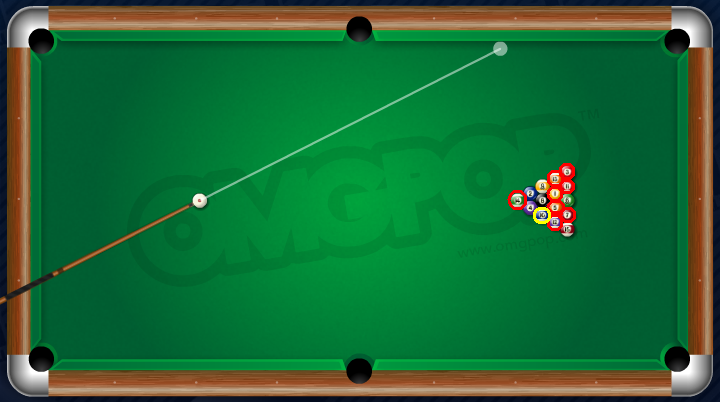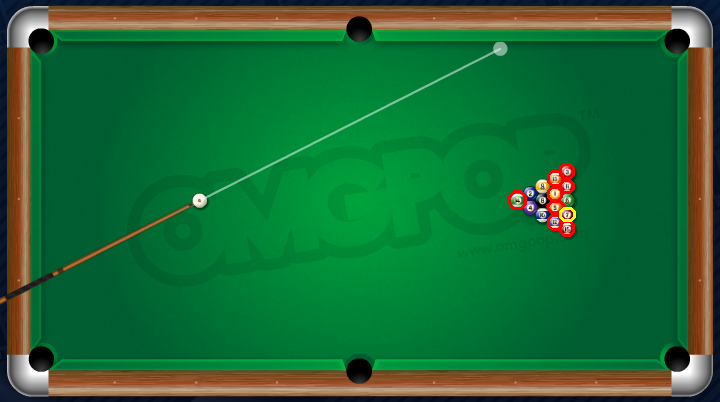If you know the center coordinates (x0,y0) and the inner and outer radius, you can generate any point within that annulus with the following formula:
(x,y) = (x0,y0) + r*(cos T , sin T)
Where r is randomized between the inner and outer radius.
Where T is randomized between 0 and 2*pi.
Edit:
Should you want it represented another way:
x = x0 + r*cos T
y = y0 + r*sin T
I can probably get close, if not exact, with the center coordinates using MS Paint and zooming in like 600%.
The center circle is all white though and it would be nice if I could get a random number that wouldn't click on that area.
Anyway, I kind of get your formula but how can I generate such numbers?
I usually go to RANDOM.ORG - True Random Number Service when looking to try something different.
Also, I'm using Google Spreadsheet and I'm not all too good at this.
Upvote
0









